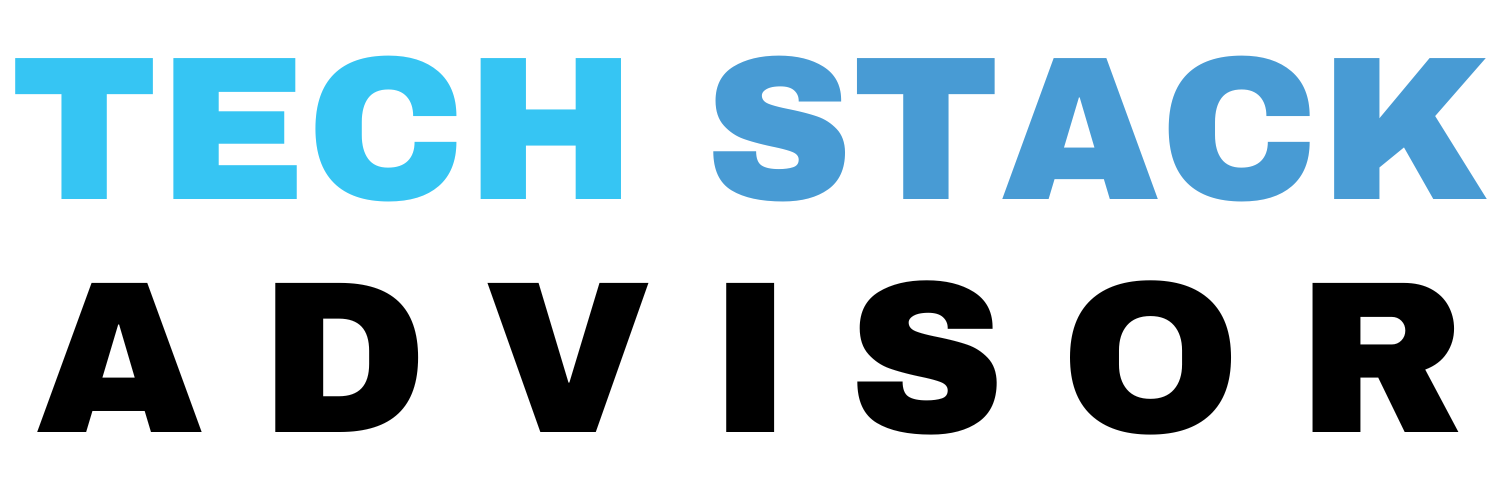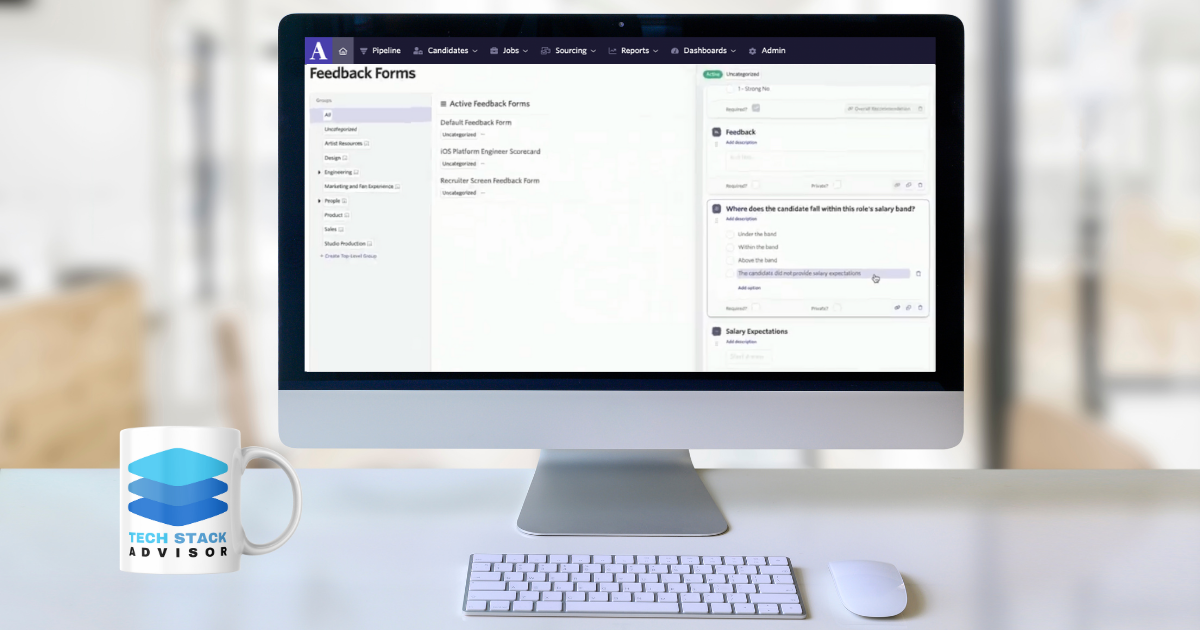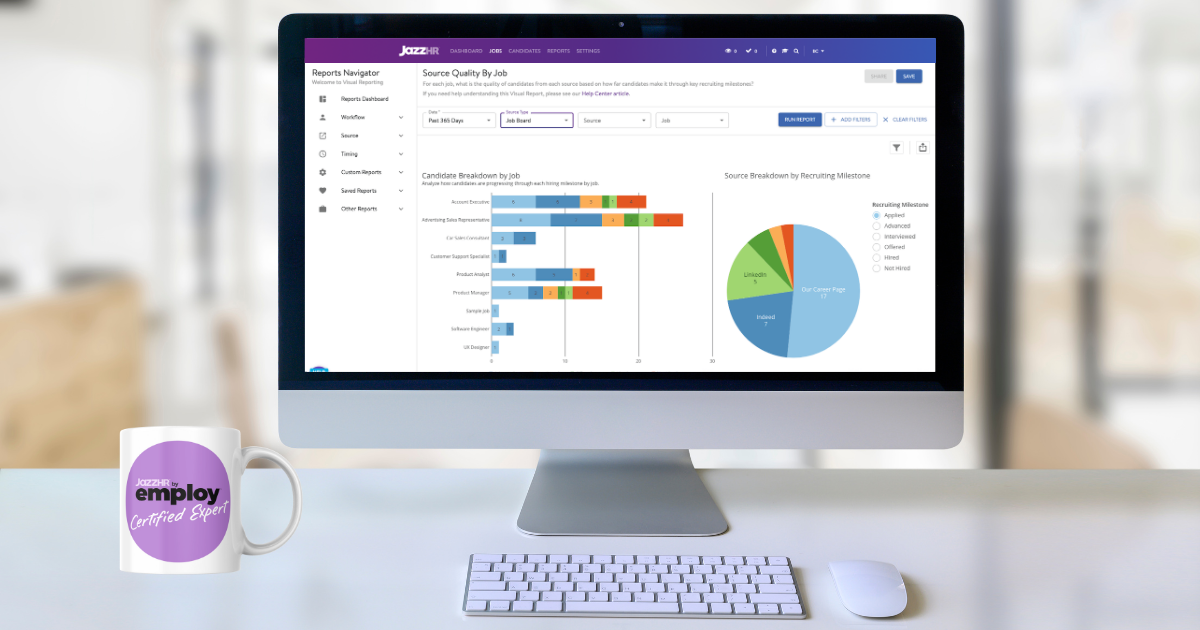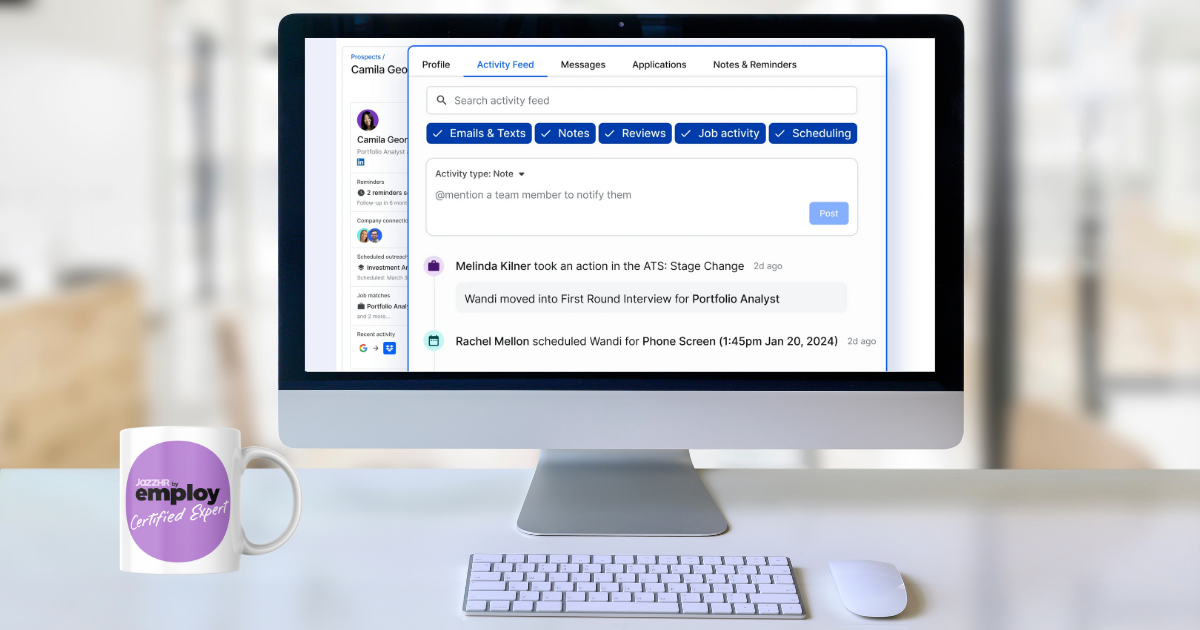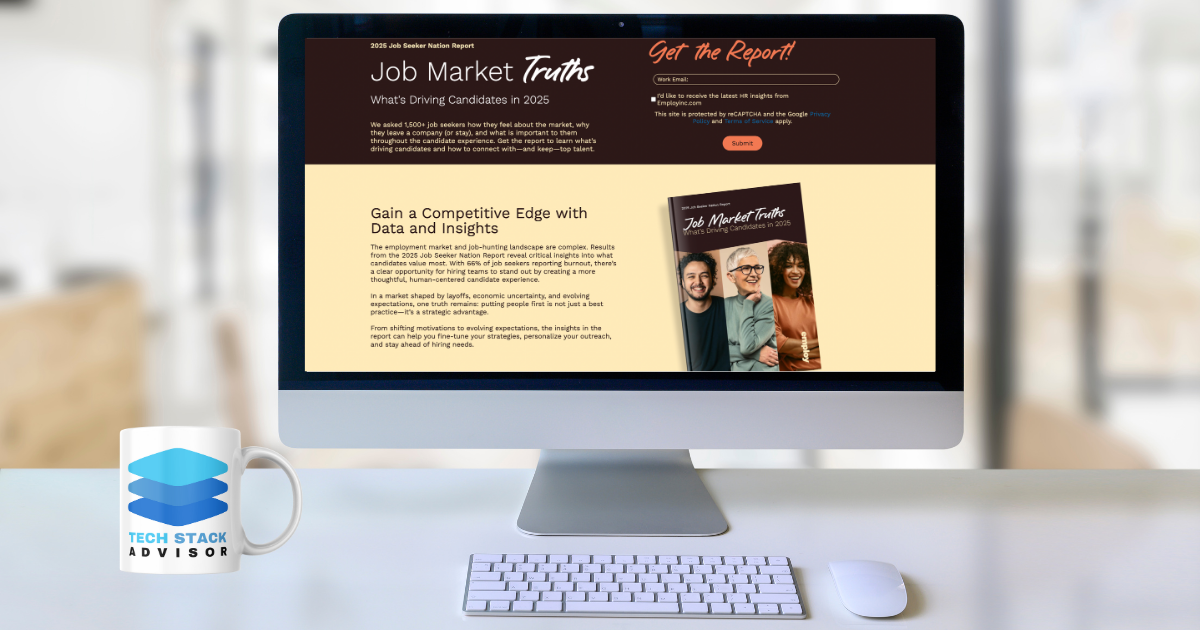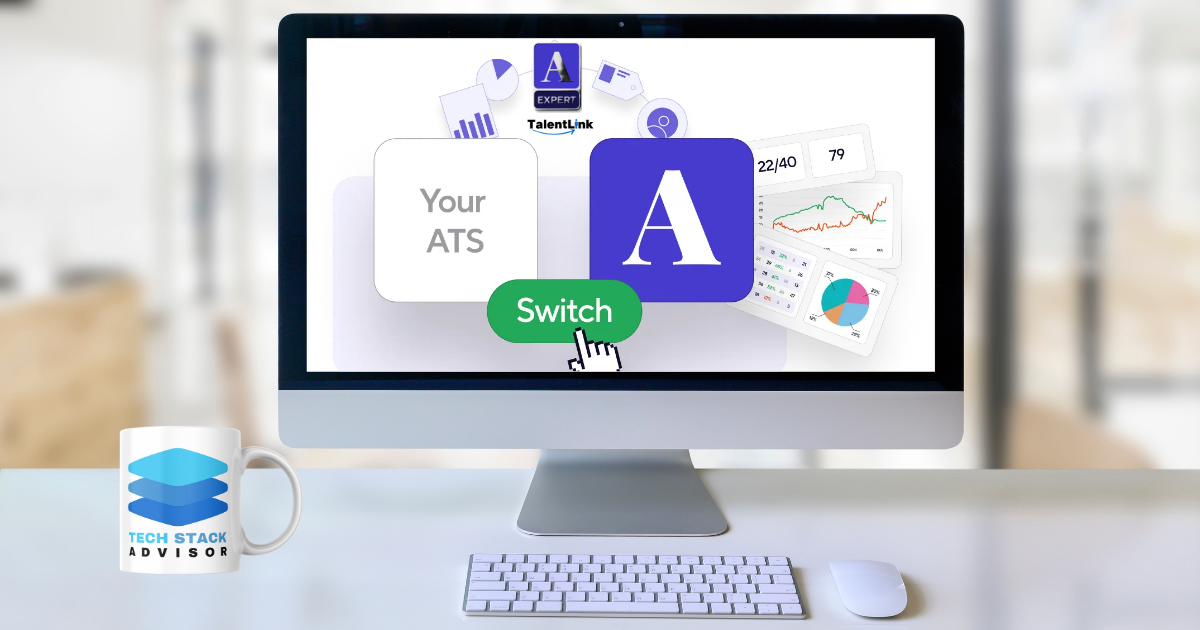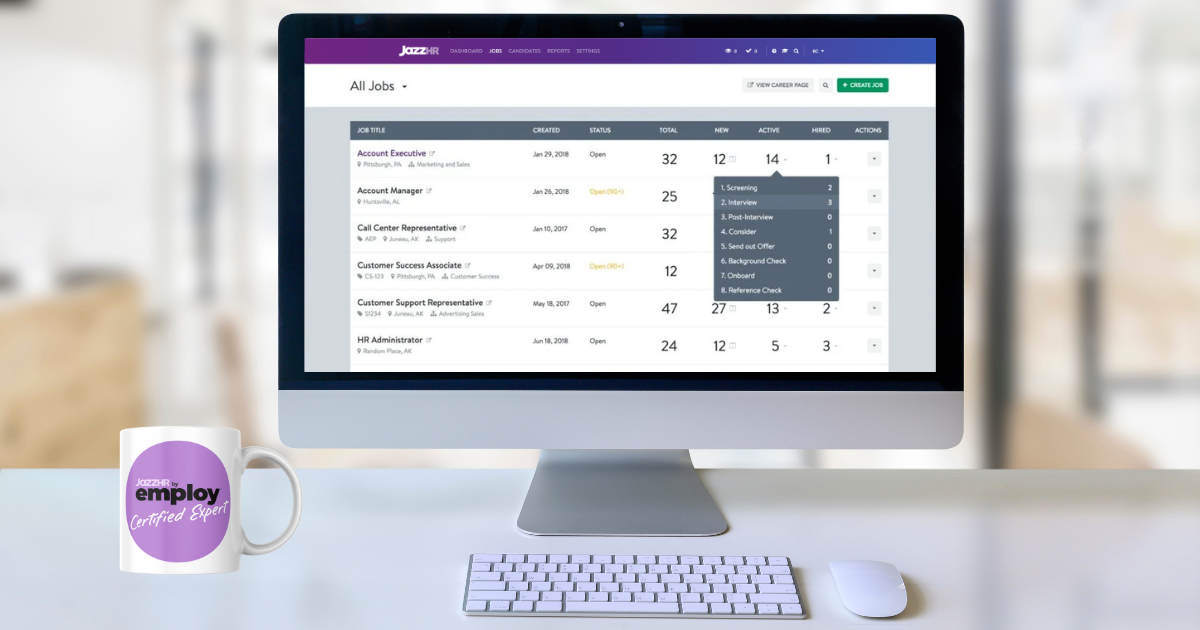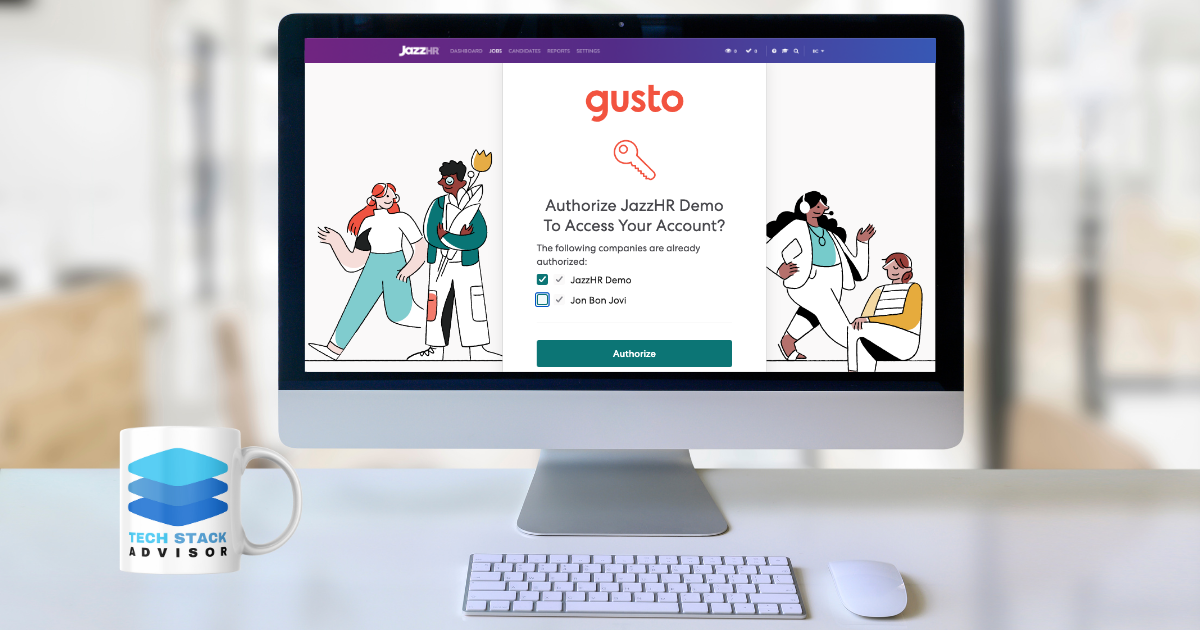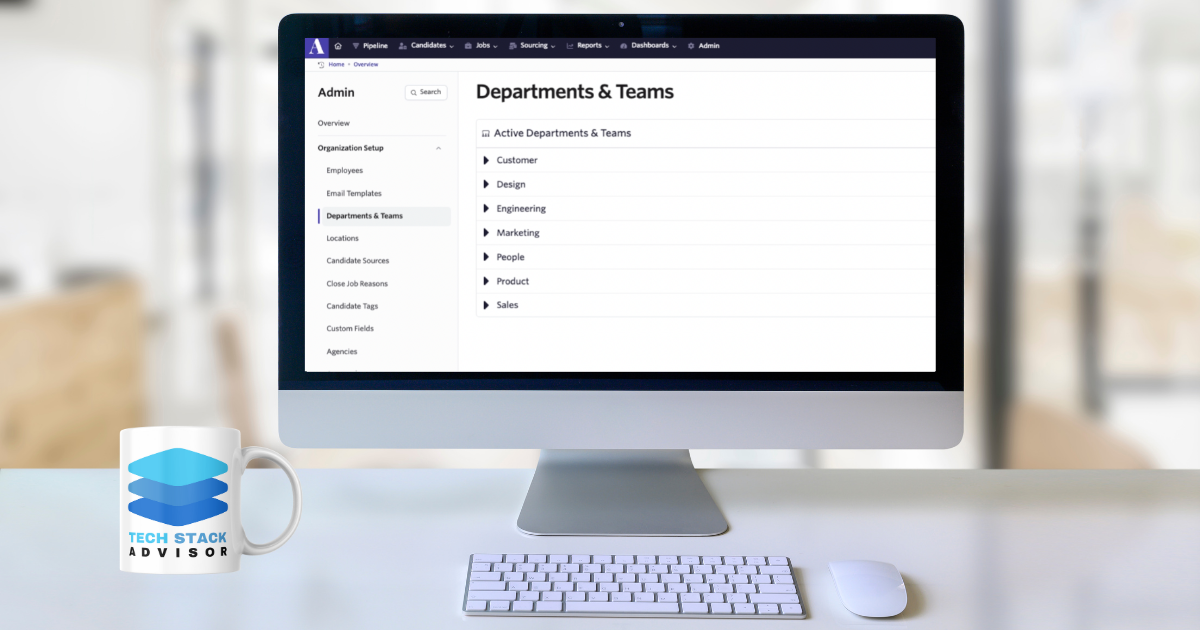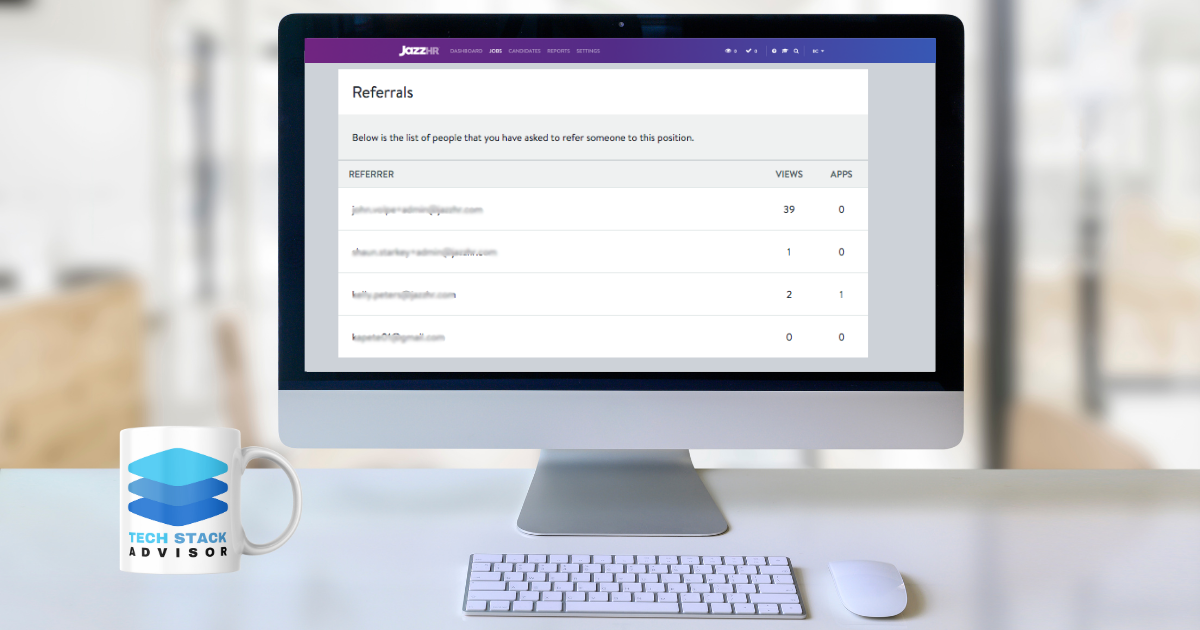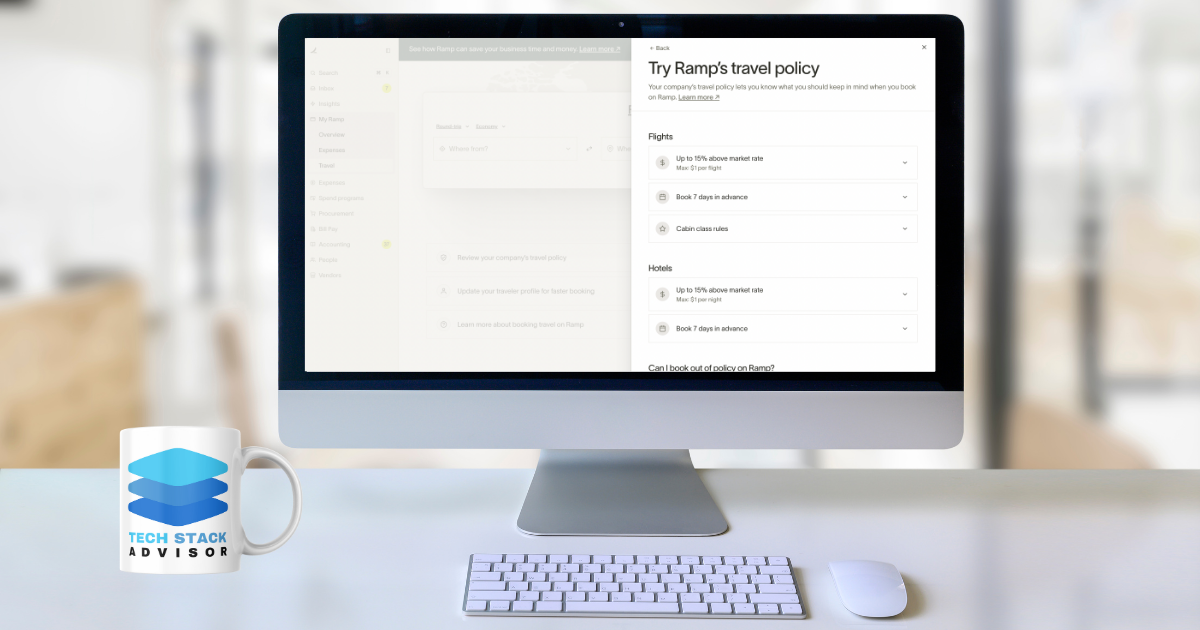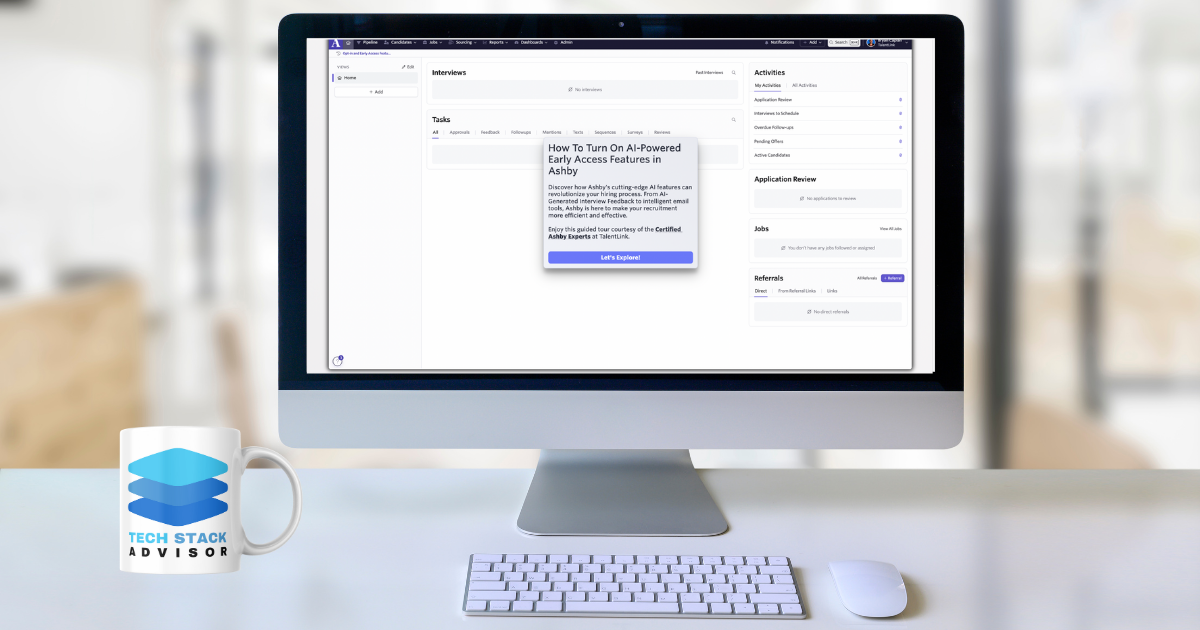TL;DR
- Compensation data helps hiring teams align expectations and avoid mis-hires
- Two proven methods from the Ashby team make it easy to collect and report on this data
- Certified Ashby Experts can help you build recruiter screens and dashboards to track comp insights in real time
What is Compensation Data?
Compensation data refers to the salary or pay expectations provided by candidates during the hiring process. This data is crucial for ensuring internal pay equity, identifying market trends, and helping hiring managers make informed decisions about offers.
In Ashby, capturing compensation data early in the funnel allows recruiters and hiring teams to align on salary expectations, avoid wasted time with misaligned candidates, and optimize compensation strategies across roles and departments.
Why Is Compensation Data Important During Recruiter Screens?
The recruiter screen is the first live checkpoint for a candidate’s compensation expectations. This early-stage insight helps you:
- Validate alignment between candidate expectations and your budget
- Identify trends across similar roles or markets
- Spot roles where your salary band may be too low
- Capture data that can inform future compensation planning
Collecting this data consistently also empowers you to turn qualitative insights into a data-driven narrative that your hiring team can act on.
Expert Help Is A Click Away: Need help building your recruiter screen feedback forms, candidate fields, or compensation dashboards in Ashby? Our experts are ready to enhance your ATS experience.
Proven Methods from the Ashby Team
Method 1: Recruiter Screen Field Method
Courtesy of Willem Wijnans, Community Manager at Ashby
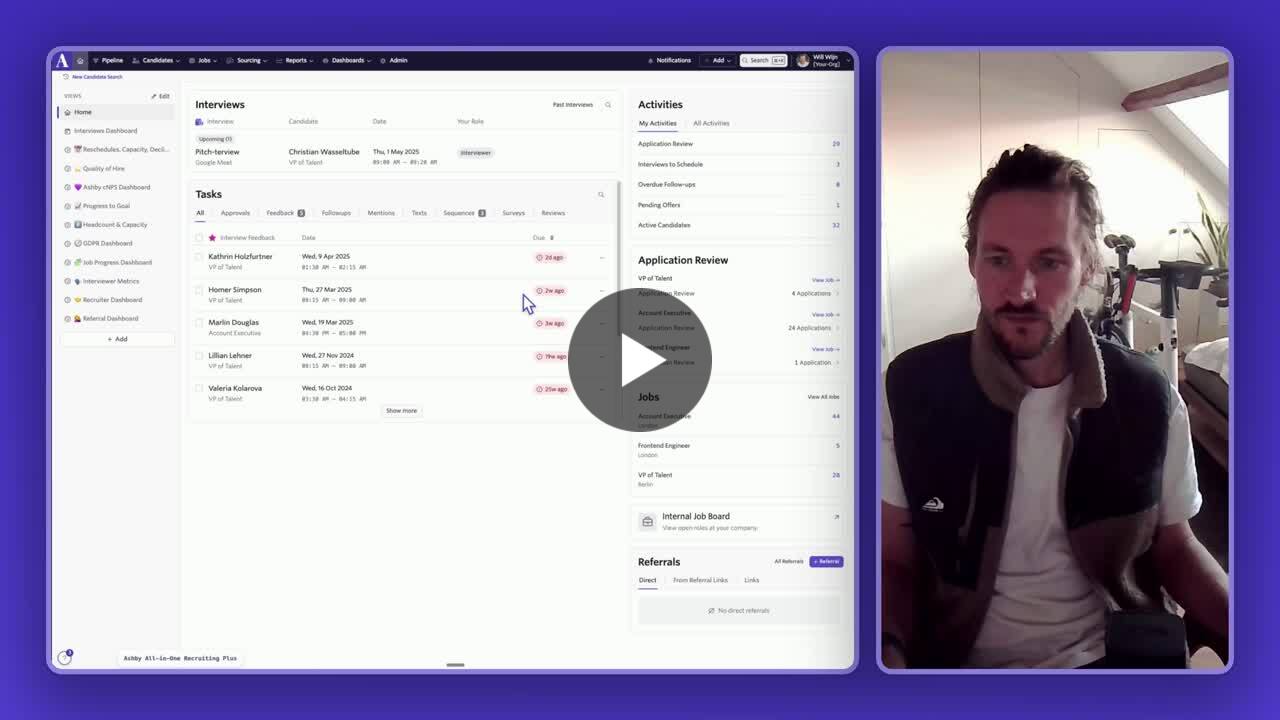
Ever had a hunch the salary band for the role is too low compared to the data you gather during your recruiter screens? But always have had to share this anecdotally with the hiring manager without the data to back it up?
Enjoy this latest Ashby Hidden Gems build I did with our customers at the last customer breakfast in London.
In this video, I show you how to gather the comp data at recruiter screen, automatically sort it into a candidate field, bucket that information for easier reporting, and bring back a data-informed story to the hiring team.
Ashby Hidden Gem Video Courtesy of Willem Wijnans
Why We Love Willem's Approach:
Willem's method gives recruiters a structured way to turn gut instincts into real data. It’s ideal for scaling teams who want to tell a better story to hiring managers using actual candidate input. Plus, it enables proactive compensation calibration before an offer is ever sent.
Ashby Expert Insights:
- Create a structured candidate field in Ashby (e.g., "Expected Compensation") to store recruiter screen data
- Use custom field bucketing (e.g., $60–70k, $70–80k, etc.) to standardize reporting and avoid outliers
- Automate the population of this field using feedback form answers during recruiter screens
- Build a report or dashboard with this field to identify outliers and trends
- Regularly review data with hiring managers to refine role expectations and ensure alignment
Method 2: Feedback Form Method
Courtesy of Olivia Roberts, RecOps Consultant at Ashby
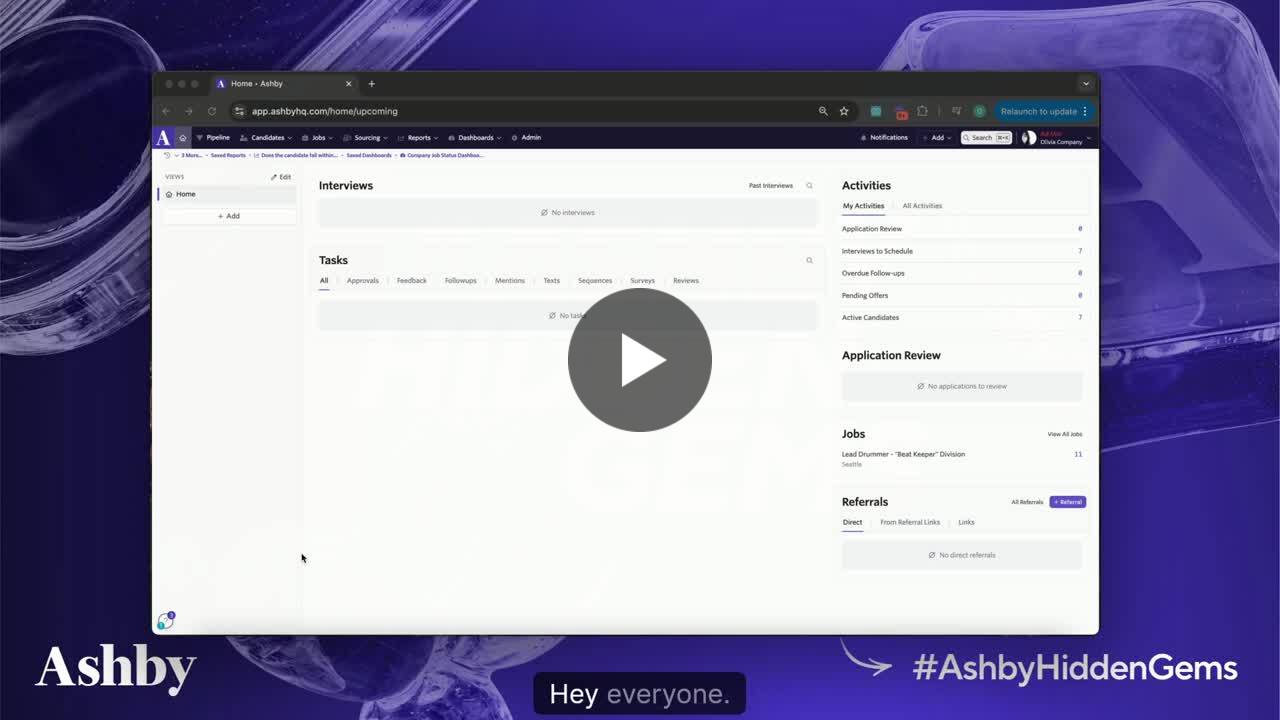
Following up on Willem's insightful post about gathering compensation data during recruiter screens - I wanted to share an alternate implementation I've been using with teams!
My approach to this #ashbyhiddengems uses just one feedback form question without calculated fields. As a RecOps Consultant at Ashby, I've found this method works well for teams who need a straightforward setup while still capturing the essential compensation data to inform hiring decisions.
The best part? You can easily add this data to your dashboards for real-time visibility across your org 🙌
Same goal, different path: transforming anecdotal compensation feedback into actionable data for hiring managers.
Ashby Hidden Gem Video Courtesy of Olivia Roberts
Ashby Expert Insights:
- Add a single "Compensation Expectation" question to your recruiter screen feedback form
- Capture open-ended or multiple-choice responses depending on how granular you need the data
- Use Ashby dashboards to visualize this field across roles or departments
Why We Love Olivia's Approach:
Olivia’s method is fast, flexible, and easy to implement without needing calculated fields. It’s great for small teams or those new to structured data capture who want a quick win with actionable compensation data that plugs directly into reporting dashboards.
About Certified Ashby Experts at TalentLink

Certified Ashby Experts at TalentLink specialize in helping teams implement advanced workflows, optimize reporting, and train users on best practices in Ashby. Whether you're just starting to configure Ashby, migrating to Ashby from another ATS, or looking to maximize your use of candidate fields and dashboards, we provide tailored support to level up your hiring operations.
